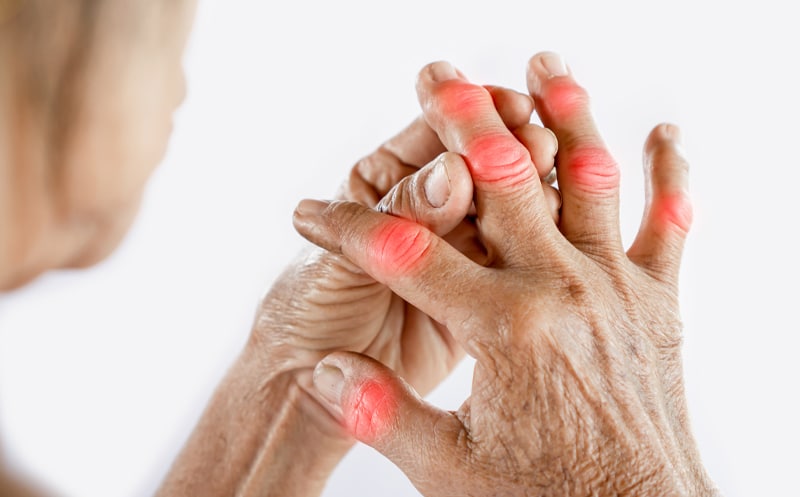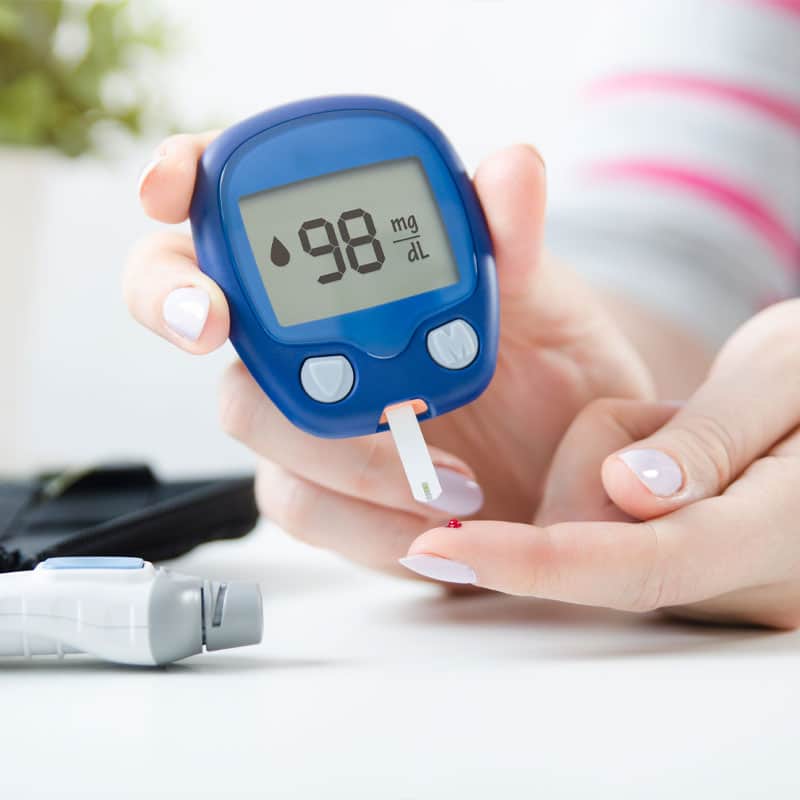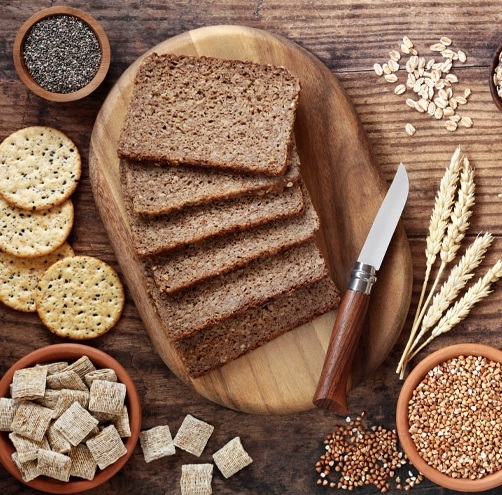Have you tried to lose weight multiple times, but have not had the success you desire? Are you discouraged and wonder if you should just give up on trying? Are you asking yourself, “What am I doing wrong?” Have you been doing all the right things, yet still cannot lose the weight you want? You are not alone; many people have difficulty losing weight. Here are some of the common mistakes when trying to lose weight and to keep it off.
Common Mistakes When Trying to Lose Weight
1. Understanding Calories, Metabolism, and Nutrition

In order to lose weight, you must create a calorie deficit. A calorie deficit occurs when you consume fewer calories than you burn. In the past, it was believed in order to lose 1 pound of fat per week, you would need to decrease your calorie consumption by 3,500 per week. Recent research has determined that the exact calorie deficit needed for weight loss varies from individual to individual. Using a Body Weight Planner like those offered by the National Institute of Diabetes and Digestive and Kidney Diseases can help you determine how many calories you should consume each day based on your current, weight, height, sex, age, and activity level.
In addition to this, the foods that you eat are just as important as the number of calories you are consuming. In order to maintain optimal health and keep your metabolism revved up, you must provide your body with the nutrients it needs. Eating nutrient dense foods like fresh fruits and vegetables, whole grains, lean proteins, and healthy fats allows you to stay fuller longer and properly nourish your body. Conversely, processed foods and junk foods are high in calories and low in nutrients which can lead to nutritional deficiencies.
If you are having difficulty losing weight, you may be tempted to significantly reduce your calorie intake. Decreasing the number of calories you intake too much can actually prevent you from losing weight. Extremely low calorie diets can cause the body to go into survival mode which significantly reduces metabolism. Furthermore, low calorie diets can cause muscle loss.
2. Understanding Exercise and Weight Loss
When you are on a weight loss journey, it is important that you get the recommended amount of exercise – 150 minutes of moderate exercise per week. If you reduce your caloric intake without exercising, it can lead to muscle loss and a reduction in your metabolic rate. Conversely, moderate exercise helps prevent a reduction in your metabolism and lean muscle while increasing your fat loss.
Overexercising has been linked to a number of issues, including lower metabolism, increased stress, sleep issues, and hormone imbalances. Excess exercise, as well as high intensity exercise, has been linked to a rise in cortisol levels. Conversely, 20 to 30 minutes of moderate exercise daily helps balance your hormone levels, improves metabolism, improves sleep patterns, and reduces stress.
3. Understanding Portion Control
Portion control is one of the most important things when it comes to effective weight loss. If you are struggling to reach your weight loss goals, you could be overeating without even realizing it. People typically eat all or most of what is on their plate, which can result in overeating. One of the best things you can do to help control your portion sizes is to measure everything and use a smaller plate.
To get a balanced meal that provides you with the nutrients your body needs and helps you lose weight, divide your plate as follows. Half of your plate should be filled with non-starchy colorful vegetables. One quarter of your plate should contain protein (meat, fish, poultry, beans, tofu, eggs, etc.). One quarter of your plate should contain complex carbs like starchy vegetables and whole grains. Finally, no more than half a tablespoon of high fat foods like butter, oil, and cheese should be used.
You can also use your hands to help determine how much of each type of food you should eat at each meal. Your protein serving should be approximately the size of the palm of your hand. Typically, women require one serving of protein and men require two servings of protein per meal. The non-starchy vegetable serving size is equivalent to your fist. One fist sized serving for women and two fist sized servings for men. The starchy vegetables/whole grain serving size is one cupped hand for women and two cupped hand portions for men. Finally, high fat foods should be limited to a thumb sized portion for women and two thumb sized portions for men.
4. Understand Sleep and Weight Loss
Getting an ample amount of sleep is essential for optimal weight loss. Poor sleep has been shown to lead to an increased risk of obesity, weight gain, metabolic disorders, and chronic health problems. Furthermore, not getting enough sleep has been shown to increase appetite while lowering metabolism, which can make it almost impossible to lose weight.
Getting the recommended 7 to 9 hours of sleep each night can aid in your weight loss efforts. Getting enough sleep begins with creating an environment for sleep, which includes lowering the temperature of your bedroom by a couple of degrees, using room darkening blinds or curtains, going to bed at the same time each night, and turning off all electronics two hours before bedtime. Increased stress also affects sleeps. Finally, get up at the same time each day to help reset your circadian rhythm so you can get a full night’s sleep.
5. Understanding Stress and Weight Loss
Chronic stress can impact your body’s ability to function properly. Excess stress takes a toll on all systems in your body, including your gastrointestinal system. Typically, when you are under stress, your body craves comfort foods that are high in calories. 
Practicing stress relief techniques like journaling, prayer, meditation, yoga, and deep breathing can help decrease stress levels. If you find you are under excess stress, it may be helpful to talk to someone you can trust like a close friend, a family member, a therapist, or your doctor.
6. Understanding Water Consumption and Weight Loss
Drinking water is one of the best ways to help you lose weight. In order to lose weight, you should drink at least one half of an ounce of water for each pound you weigh. For example, if you weigh 150 pounds, you will need to drink 75 ounces of water each day. However, if you do high intensity exercises or live in a hot, arid area, you may need to further increase your water consumption.
Drinking water increases your metabolism, acts as an appetite suppressant, and helps naturally detoxify the body. Drinking a full glass of water about 30 minutes before mealtime can also help reduce the amount of food you eat.
7. Unrealistic Weight Loss Goals
Setting an attainable weight loss goal can help you stay motivated; however, unrealistic weight loss goals are common mistakes when trying to lose weight. Many people set a weight loss goal that is more than 10 percent of their body weight. We recommend setting a goal to lose 5 to 10 percent of your body weight. Once this is reached, you can set another goal. You should seek to lose between 1 and 2 pounds of weight each week.
Unrealistic weight loss goals can cause frustration, which can increase your stress levels. High stress has been linked to high cortisol levels, increased systemic inflammation, and the inability to lose weight. Setting practical weight loss goals will help you reach your goals, which will increase your confidence and motivate you to continue on your weight loss journey.
Losing weight is hard, but it is not impossible. Our weight loss program will teach you the steps needed to lose the weight and keep it off. We will walk with you on your weight loss journey and provide you with all of the tools that you need when trying to lose weight.























